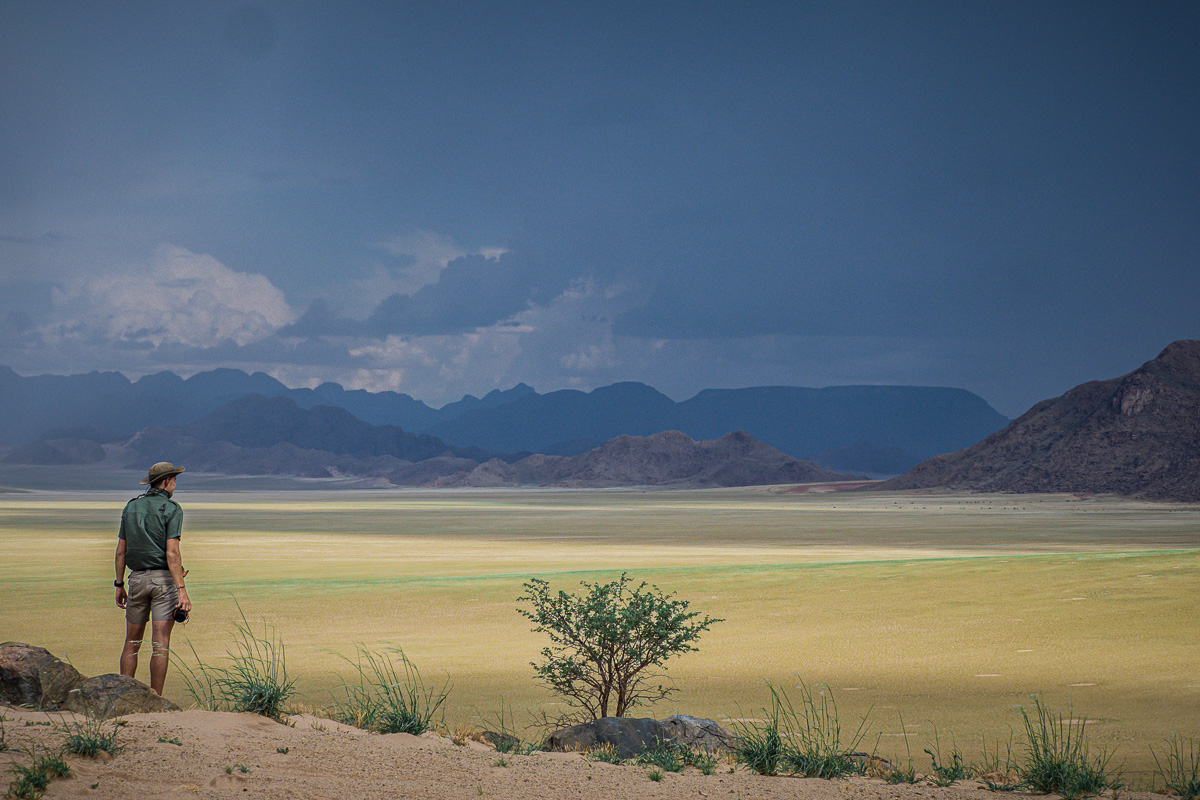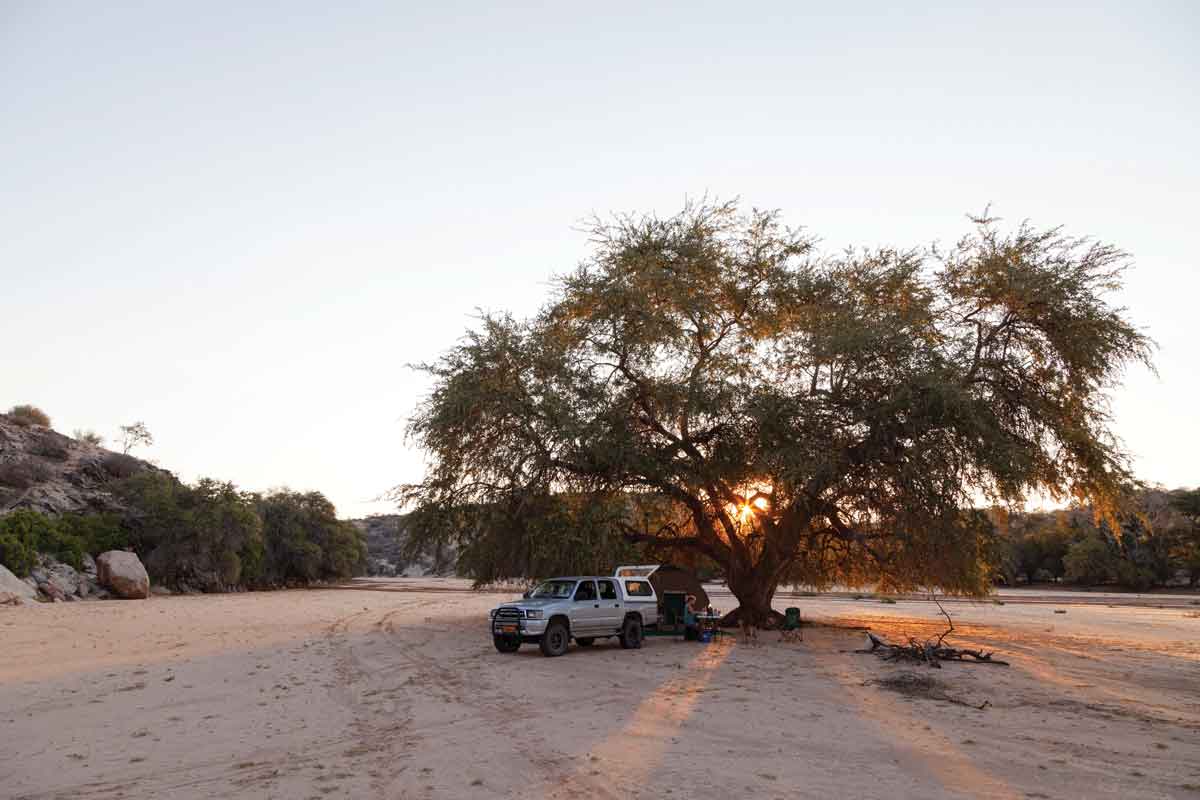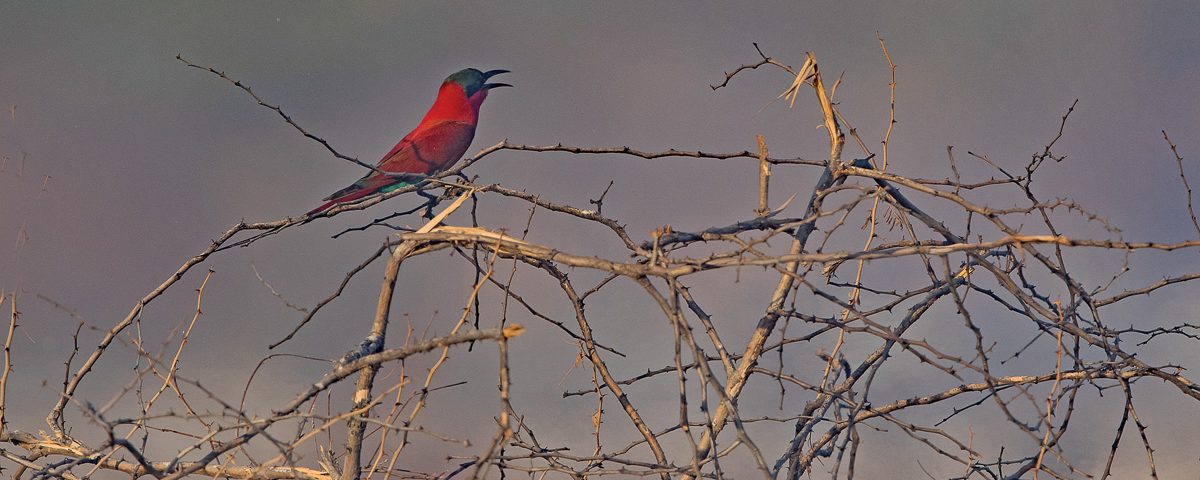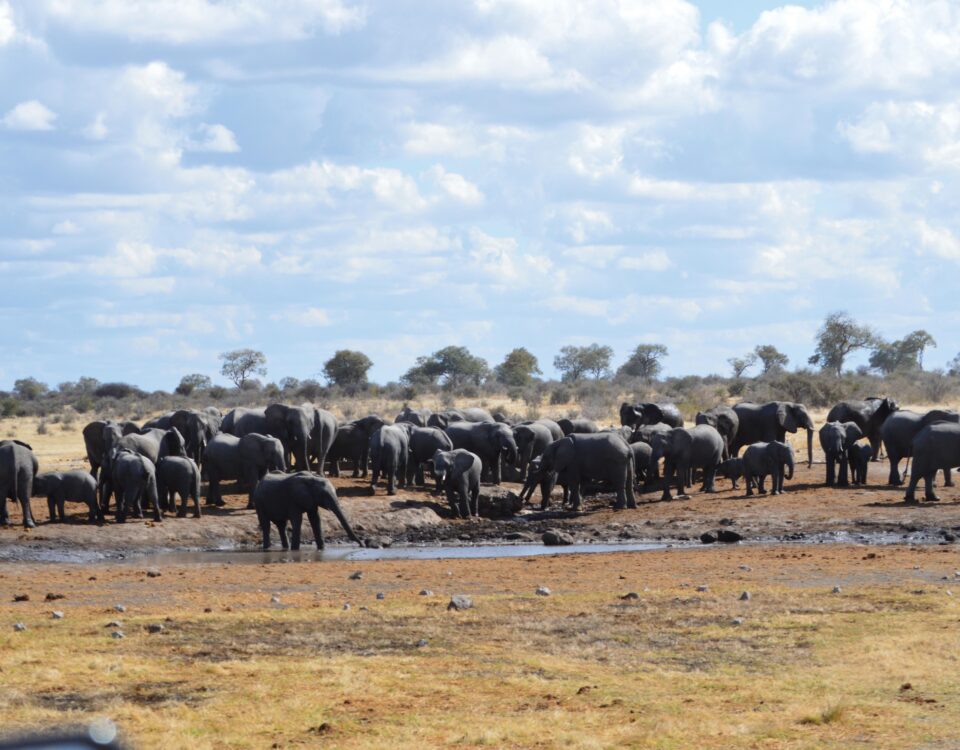
Into the Night – Finding geckos in the desert
October 29, 2021
Winter in Namibia has a smell
November 2, 2021[vc_row][vc_column width=”1/6″][/vc_column][vc_column width=”2/3″][vc_column_text]
They taught us the speed of light, but they never taught us the speed of darkness. – Sarajevo Marlboro by Miljenko Jergovic
[/vc_column_text][/vc_column][vc_column width=”1/6″][/vc_column][/vc_row][vc_row][vc_column width=”1/2″][vc_column_text]Fire means different things to different people, for some it is a necessity to stay alive, it supplies them with heat against cold, a source of heat to cook their meals. For many Namibians it is a purely recreational matter, to sit around dreaming about better days, and braaing the odd tjoppie while drinking a beer or two. Unfortunately, there is another group, maybe they make fire for the birds? They make random fires, burning as many trees (indigenous trees) as possible, destroying an ecosystem which will never recover, to utilise the area to plant, in the process depleting a much more permanent source of food. Apparently, the fire has a very important function in “calling” the rain, stimulating the veld with new grass, and killing all the unwelcome inhabitants and dangers lurking in the grass like crocodiles. Apart from the trees and plants, the insects, snakes and lizards, eggs of birds and siblings unable to flee from the destroying forces of a fire. Guess whose wife has written a book on the indigenous trees of the Zambezi Region?
So, what the hell has this got to do with birds in Namibia. Indeed, a lot, in Australia there are “fire hawk” raptors that hunt by setting fires. They act as propagators of wildfires by picking up smouldering grass or sticks from raging bushfires and transporting them up to several kilometres away to start a fire in savanna grassland. In the process they go into a feeding/killing frenzy gorging themselves on the small birds, lizards, insects and snakes fleeing the burning grasslands. The three culprits are the Whistling Kite (Haliastur sphenurus), Brown Falcon (Falco berigora) and the Black Kite (Milvus migrans). What is of great interest is that the Black Kite also occurs in Namibia, but is not known to have the same habit here. It might be the Namibian vs the Australian background (inmates), that’s why they call each other mate. The Aborigines in Australia believe that they are “Keeping the country healthy using fire”, which sounds pretty much like what the Zambezi Region’s inhabitants believe.
There is indeed a group of birds that flourish during veldfires, feasting on all the smaller birds, insects, snakes, lizards and amphibians that are flushed out by the fire. Most of them (not all of them) must be originally from the Zambezi and Kavango regions, or maybe Australia?, because they seem to be attracted to these fires from miles away to come and join in on this destructive feast. All the vegetarians and fruitarians will smile with joy to hear this, i.e. that all these birds are carnivorous, eating anything that remotely looks, smells and sounds like protein. It is unlikely that you will find a nectar drinking sunbird (fruitarian) here, except if converted from a vegetarian to a Namibian.[/vc_column_text][/vc_column][vc_column width=”1/2″][vc_single_image image=”375027″ img_size=”full” add_caption=”yes”][/vc_column][/vc_row][vc_row][vc_column][vc_column_text]Unfortunately, one of my very favourite birds, the Southern Carmine Bee-eaters, are usually at the forefront when finding and utilising the by-products of a fire. When present (migrants only arrive in August and leave in March) they will also outnumber any of the other “fire birds”. They do prefer their insects uncooked (rare, as in bloody) and will never go for a dead or “fried” insect. In fact, they only catch insects in flight. They usually venture quite close to the edge of the forefront of the fire, but seemingly their flying ability protects them against burns. Contrary to termite eruptions where swallows usually join the carmines, I have never seen swallows at a veldfire.
The other good-looking group of birds to be encountered at a fire are the Lilac-breasted Rollers. They also tend to do the inflight hunting at the forefront, but more often go for insects on the ground, maybe medium to rare? The only birds dressed properly (in black) for the occasion are the Forked-tailed Drongos. They would go for insects in flight and on the ground but most of the time they observe the situation from the side, not in front of the fire, and will often eat dead insects (medium to well done) behind the firing line.[/vc_column_text][/vc_column][/vc_row][vc_row][vc_column width=”1/2″][vc_single_image image=”375079″ img_size=”full” add_caption=”yes”][/vc_column][vc_column width=”1/2″][vc_single_image image=”375036″ img_size=”full” add_caption=”yes”][vc_single_image image=”375040″ img_size=”full” add_caption=”yes”][/vc_column][/vc_row][vc_row][vc_column][vc_column_text]As one would expect, there will always be raptors around these festivities and the Yellow-billed Kites and Black Kites (sounds familiar) are among the regulars, also in numbers, if in the vicinity (migrants). The additional advantage for them is that when the common enemy has been removed, they can just continue to feast on their fellow hunters, the carmines, although the drongos are a constant threat to any bird bigger than themselves, especially the raptors, but they are more of a nuisance than anything else.
My absolute favourite addition to the abovementioned list is the Dickenson’s Kestrel. As most birders in Namibia will know, this is not your average bird seen on a Sunday morning walk in the park. In fact, I struggled to see my first and then, voila, at a veld fire my second. Being such a rare bird, one can imagine that a visit to a veld fire is probably a rather special occasion not to be missed. They are, if ever, seen in the north-eastern part of the country and if you do see one, you are one of a select few. The one we saw was quite happy to wait for the fire to do its damage first and then dig in the ashes to pick up all the well-done insects and lizards. This was from a perch high up in a dead tree, from where, after spotting his meal it was devoured on the ground. Incidentally they are well camouflaged in the ashes. [/vc_column_text][/vc_column][/vc_row][vc_row][vc_column width=”1/3″][vc_single_image image=”375094″ img_size=”full” add_caption=”yes”][/vc_column][vc_column width=”1/3″][vc_single_image image=”375088″ img_size=”full” add_caption=”yes”][/vc_column][vc_column width=”1/3″][vc_single_image image=”375054″ img_size=”full” add_caption=”yes”][/vc_column][/vc_row][vc_row][vc_column][vc_column_text]You might think I am a fire-chaser/starter, driving to fires in the veld for some stupid reason, but I can assure you, I have never started a veld fire (except when I was five years old). Apart from taking pictures of fire-loving birds I always arrest and shoot the guilty parties on the spot and fry them right there, using the wood that they have chopped and burned. No, there is no truth in rumours that the Burnt-necked Eremomelas are casualties of a veld fire a few years ago. Firefinches somehow were never involved in these festivities. Without sounding pessimistic, I have often wondered if, once all the trees have been chopped off and burned down, would we then be able to tell the speed of darkness? TNN[/vc_column_text][/vc_column][/vc_row][vc_row][vc_column][vc_column_text]Text & Photographs Pompie Burger[/vc_column_text][/vc_column][/vc_row]


